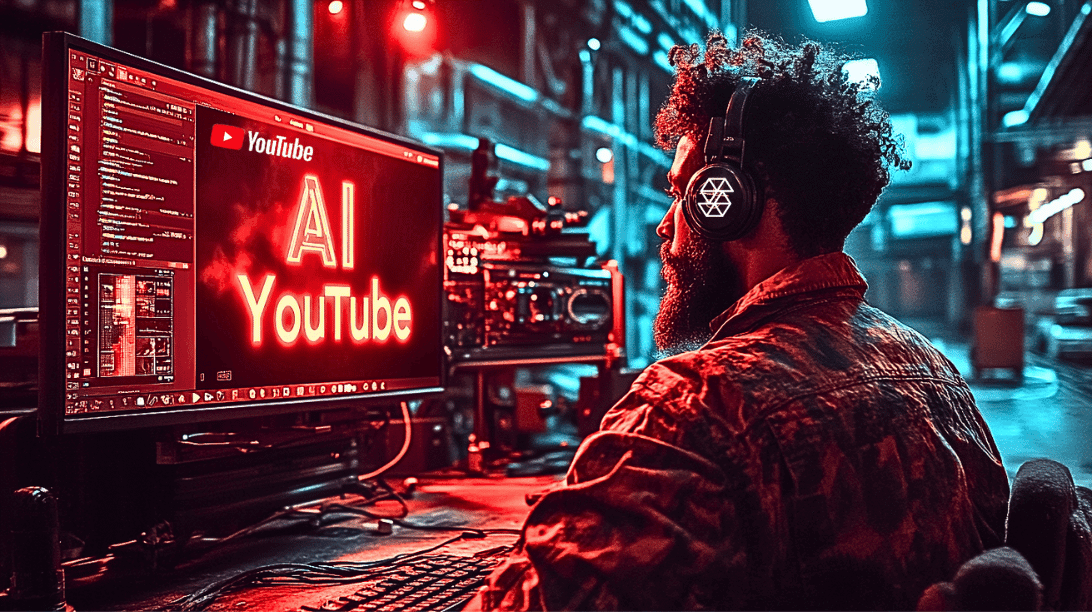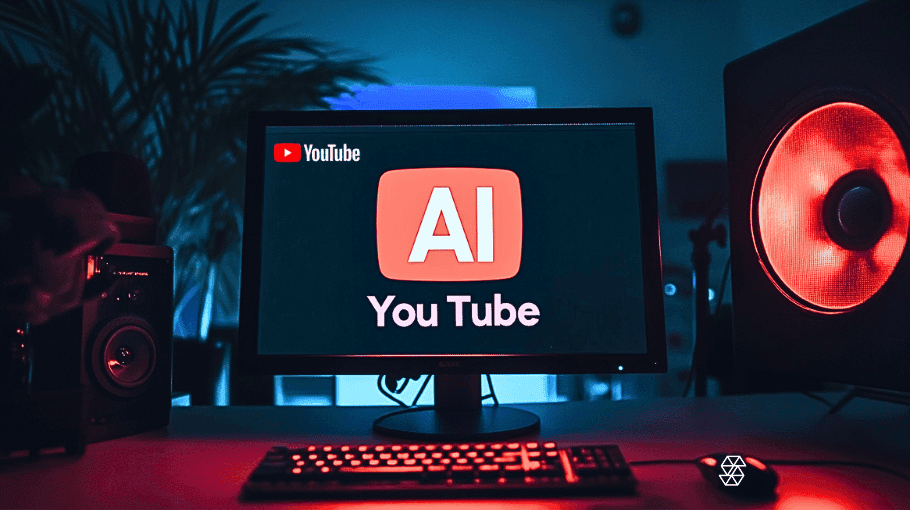Text-to-Video Wars: Adobe AI vs OpenAI’s Sora
The AI-driven content creation market is witnessing a fierce battle as tech giants compete to develop groundbreaking text-to-video technologies. OpenAI’s recent unveiling of Sora, a pioneering AI model capable of generating videos from text descriptions, has set the stage for a new era in video production.
However, Adobe, the software company behind popular creative tools like Photoshop and Illustrator, is not one to be left behind. With its own text-to-video AI in the works, Adobe aims to challenge OpenAI’s dominance by leveraging its extensive library of stock media and a unique approach to sourcing training data. As the race to refine AI-generated videos intensifies, the world anticipates a revolution in video editing and production, where words can be transformed into captivating visuals with unprecedented ease.
Adobe’s Strategy to Compete with OpenAI
Adobe is taking a proactive approach to develop its text-to-video AI model by directly sourcing artificial intelligence training data from content creators. The software company is offering compensation for video clips depicting everyday human interactions, such as walking, expressing emotions like joy or anger, and engaging with objects. By focusing on these simple actions, Adobe aims to build a diverse and comprehensive dataset to train its artificial intelligence.
To ensure the legality and ethical soundness of the Adobe AI video training process, the company is meticulously curating the content it purchases. The company is actively avoiding copyrighted material, nudity, and offensive content, setting itself apart from competitors like OpenAI, which has faced scrutiny over using YouTube videos without permission. Adobe’s strategy involves offering content creators $120 per set of video clips, with the potential for higher payouts based on the quality and relevance of the submissions. This approach not only attracts content creators who are already producing similar videos but also demonstrates Adobe’s commitment to fair compensation and collaboration with the creative community.
By leveraging its extensive library of stock media and directly sourcing training data from content creators, Adobe is positioning itself as a formidable competitor in the AI-generated video market. The company’s focus on ethical data sourcing and fair compensation sets a positive precedent for the industry and showcases its dedication to pushing the boundaries of AI video editing and production while maintaining public trust.

Adobe AI Video Has the Upper Hand in Copyrighted Material
As Adobe and OpenAI compete to develop cutting-edge text-to-video AI models, the race is on to produce high-quality, contextually accurate videos that push the boundaries of artificial intelligence. OpenAI’s Sora has already demonstrated the potential of AI-generated videos, but the company has faced criticism over its alleged use of YouTube videos for training data without proper permission.
On the other hand, Adobe’s approach to building its AI video model through legally acquired and compensated training data positions the company favorably in terms of both innovation and public trust. By actively purchasing videos from content creators and focusing on everyday human interactions, Adobe is ensuring that its AI model is trained on a diverse and representative dataset. This strategy not only helps Adobe avoid potential legal pitfalls but also demonstrates its commitment to collaborating with the creative community and fostering a fair and inclusive AI ecosystem.
As the competition intensifies, both Adobe and OpenAI are racing to refine their AI models to generate longer videos with more complex narratives and visuals. The ultimate goal is to create AI-generated videos that are indistinguishable from those created by human video editing professionals. With each iteration and improvement, these AI models are bringing us closer to a future where video production is democratized, and anyone with a creative vision can bring their ideas to life using text-to-video technology.
AI Video Backdrop: Generative AI Video Market Trends and Forecasts
The AI content creation market is experiencing significant growth, with numerous companies investing heavily in the development of user-friendly platforms that simplify complex creative processes. These tools empower individuals and businesses to generate high-quality content with minimal effort and technical expertise. As the demand for video content continues to surge, text-to-video AI technology is poised to revolutionize multiple industries, including advertising, education, and entertainment.
Recent market research highlights the immense potential of AI-generated video content. According to one report, the global digital content creation market size was valued at USD 25.6 billion in 2022 and is estimated to expand at a CAGR of 13.5% from 2023 to 2030, reaching USD 69.8 billion. This rapid growth can be attributed to the increasing accessibility and sophistication of AI video editing tools, as well as the rising demand for personalized and engaging video content across various platforms.
As Adobe and OpenAI continue to push the boundaries of text-to-video AI technology, their innovations are expected to drive market growth and inspire other players to enter the field. The competition among tech giants to develop the most advanced and user-friendly AI video generation tools will lead to increased investment, research, and development in this area. As a result, businesses and consumers can expect to see a proliferation of AI-powered video creation tools in the coming years, each offering unique features and capabilities.
The Future of AI-Generated Video Content With Adobe
As Adobe and OpenAI continue to push the boundaries of AI-generated video technology, the future of content creation looks increasingly dynamic and accessible. The competition between these tech giants is driving rapid advancements in text-to-video AI models, promising to revolutionize the way businesses and individuals produce and consume video content.
However, the success of these AI video generation tools will depend not only on their technological sophistication but also on their ability to navigate the complex ethical, legal, and social challenges that come with the use of artificial intelligence in creative industries. To truly benefit content creators and consumers alike, companies like Adobe and OpenAI will need to prioritize transparency, accountability, and collaboration with stakeholders to ensure that their tools are developed and deployed in a responsible and equitable manner.
Ultimately, the company that can offer a superior product while maintaining public trust and fostering a vibrant creative ecosystem will be well-positioned to seize a significant portion of the growing AI-generated video market. As these tools continue to evolve and mature, they have the potential to democratize video production, unlock new forms of creativity, and transform the way we tell stories and share information through the power of moving images.






